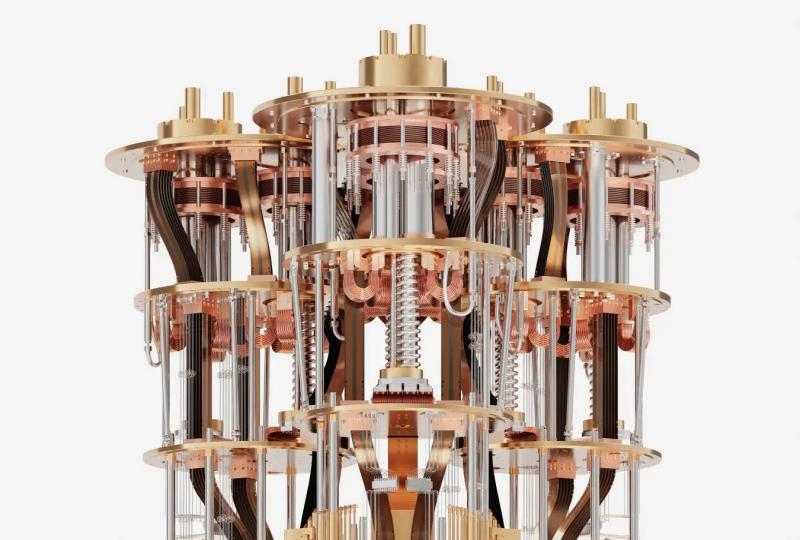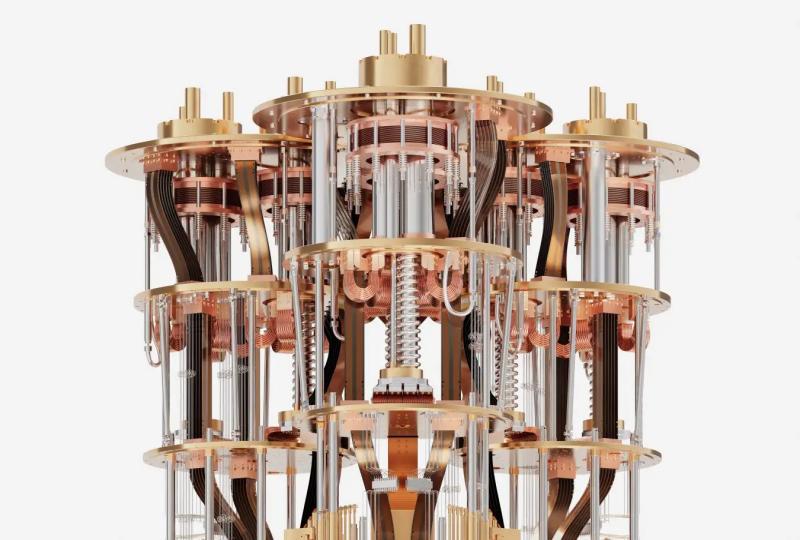Fault-Tolerant Quantum Computing: Key to Scalability
2025.05.01 · Blog fault tolerance quantum computing
What Is Fault-Tolerant Quantum Computing?
Fault-tolerant quantum computing refers to a computing system’s ability to perform accurate quantum operations even when errors occur at the hardware level. Quantum bits (qubits) are inherently fragile—unlike classical bits, they can be easily disrupted by noise, thermal fluctuations, or imperfect gate operations.
Due to this, real-world quantum computers must incorporate sophisticated error correction and fault-tolerance strategies to run long, complex algorithms like Shor’s factoring or quantum simulations for material design.
A quantum computer is considered fault-tolerant when it:
-
Can detect and correct quantum errors during computation,
-
Prevents error propagation between qubits,
-
Performs quantum gates in a way that doesn't compromise the encoded information.
Why Are Quantum Computers So Error-Prone?
In classical computing, a bit is either 0 or 1. If it flips unexpectedly, redundancy or simple error-correction algorithms (like parity checks) can fix it. In contrast, quantum bits exist in superpositions, and even slight environmental interactions—known as decoherence—can collapse their state or introduce phase errors.
Types of errors common in quantum systems include:
-
Bit-flip errors: A qubit flips from |0⟩ to |1⟩ or vice versa.
-
Phase-flip errors: A qubit's phase is inverted, flipping the sign of the |1⟩ component.
-
Depolarizing noise: A probabilistic mix of bit and phase errors.
-
Leakage errors: The qubit moves out of the computational subspace entirely.
Moreover, quantum states cannot be cloned or directly measured without disturbance, making traditional error correction inapplicable. This challenge gave rise to quantum error correction (QEC).
Quantum Error Correction: The Core of Fault Tolerance
Quantum error correction allows quantum information to be preserved across multiple physical qubits. One logical (fault-tolerant) qubit is encoded using many physical qubits.
Key quantum error correction codes include:
-
Shor Code
-
Encodes one logical qubit in nine physical qubits.
-
Protects against both bit-flip and phase-flip errors.
-
Steane Code
-
Uses seven qubits for one logical qubit.
-
Based on classical Hamming code.
-
Easier to implement fault-tolerant gates.
-
Surface Code
-
Most promising for real hardware.
-
Uses 2D lattice of qubits with nearest-neighbor interactions.
-
High fault-tolerance threshold (~1%) and suitable for superconducting and trapped-ion systems.
Surface codes are particularly powerful because they only require local operations, making them more practical for current hardware platforms.
Key Concepts in Fault-Tolerant Architectures
To build a truly fault-tolerant system, it's not enough to just detect and correct errors—you must also prevent them from propagating.
Key techniques include:
Logical Qubits
-
Encoded qubits that represent a single, protected quantum bit.
-
Built from many physical qubits using QEC codes.
Transversal Gates
-
Quantum gates applied in a way that operates independently on each qubit in a code block.
-
Crucial for ensuring that errors in one qubit don’t cascade across the system.
Magic State Distillation
-
Used to implement non-Clifford gates (e.g., T-gate), which are necessary for universal quantum computation.
-
Magic states are error-corrected resource states that can be consumed to apply certain fault-tolerant operations.
Syndrome Measurement
-
Measurement of ancillary (helper) qubits to detect the presence and type of an error, without collapsing the logical qubit state.
How Many Qubits Are Needed for Fault Tolerance?
This is one of the most commonly asked questions in quantum computing. The answer depends on:
-
Physical error rates of qubits,
-
The type of error correction code used,
-
The quantum algorithm's length and depth.
For example, current surface code models suggest that achieving one high-fidelity logical qubit may require 1,000 to 10,000 physical qubits, depending on how noisy the hardware is.
Who Is Working on Fault-Tolerant Quantum Computing?
Many organizations are actively pursuing fault-tolerant designs:
-
IBM Quantum: Roadmap includes logical qubits and error-corrected circuits on their superconducting processors.
-
Google Quantum AI: Demonstrated early surface code experiments and "break-even" error correction.
-
Microsoft Azure Quantum: Focuses on topological qubits using Majorana fermions for inherent fault tolerance.
-
Quantinuum: Using trapped-ion platforms with high fidelity to explore fault-tolerant protocols.
-
SpinQ: Developing accessible quantum hardware for education and training in QEC concepts.
Applications That Require Fault Tolerance
Fault tolerance isn’t a luxury—it’s a necessity for:
-
Cryptography: Breaking RSA with Shor’s algorithm requires error-free gates across thousands of qubits.
-
Drug discovery: Simulating large molecules needs deep circuits without cumulative error.
-
Quantum AI: Training quantum neural networks involves repeated, error-resilient iterations.
Without fault tolerance, these applications remain theoretical.
Fault Tolerance in Quantum Computing: Challenges Ahead
Despite significant progress, fault-tolerant quantum computing faces multiple hurdles:
-
Qubit Quality: Physical qubits must reach extremely low error rates (~10⁻⁴ or better).
-
Hardware Scalability: Building systems with hundreds of thousands of qubits.
-
Real-Time Classical Processing: Requires fast decoding algorithms to correct errors as they happen.
-
Power and Cooling: Superconducting systems require dilution refrigerators near absolute zero.
Breakthroughs in materials science, fabrication techniques, and software co-design will be key to overcoming these limitations.
Conclusion
Fault-tolerant quantum computing is the cornerstone of scalable, reliable quantum processing. By using quantum error correction and architectural strategies that prevent and repair errors, researchers are building toward machines capable of solving real-world problems that are impossible for classical computers.
While the path is challenging, the global momentum in academia, industry, and government-backed initiatives is accelerating the journey toward practical fault-tolerant quantum systems.
Featured Content






